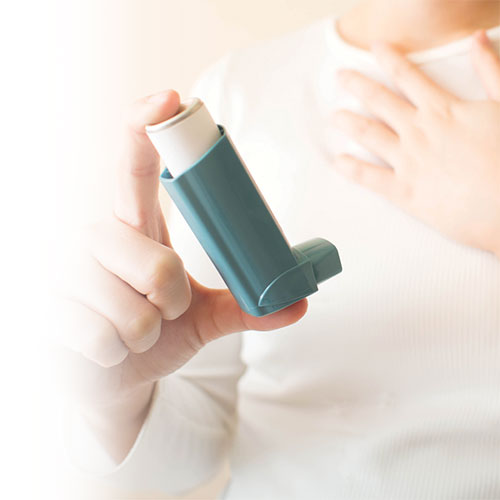Treatment adherence
Asthma is a disease that leads to troublesome symptoms, such as difficulty breathing and coughing. Most individuals living with asthma must take medication, often daily, to control the disease and maintain health. Because the manifestations of asthma are not always felt, it is easy to forget to take the medications or to consider that it isn’t that important.
Yet, adequate management of the disease is based on taking the required medication consistently. In order to get the most out of your medication, it must be taken regularly. To understand the importance of taking your medication consistently, it is important to know certain basic principles about the treatment of asthma.
There are two types of medications used in the treatment of asthma. The first category is used to control airway inflammation, which is responsible for most asthma symptoms. If the inflammation is not well-controlled, you will need to use medication from the second category, rescue medication, in order to dilate the airways and quickly ease symptoms.
Because the medications used to control inflammation do not quickly ease symptoms, some people tend to think that they aren’t effective. Their delayed onset of action does not change the fact that these medications are critical in the optimal control of asthma. It is imperative that you closely follow the recommendations of health care professionals (doctor, pharmacist, inhalation therapist, etc.) and that you do not interrupt treatment without their approval.

